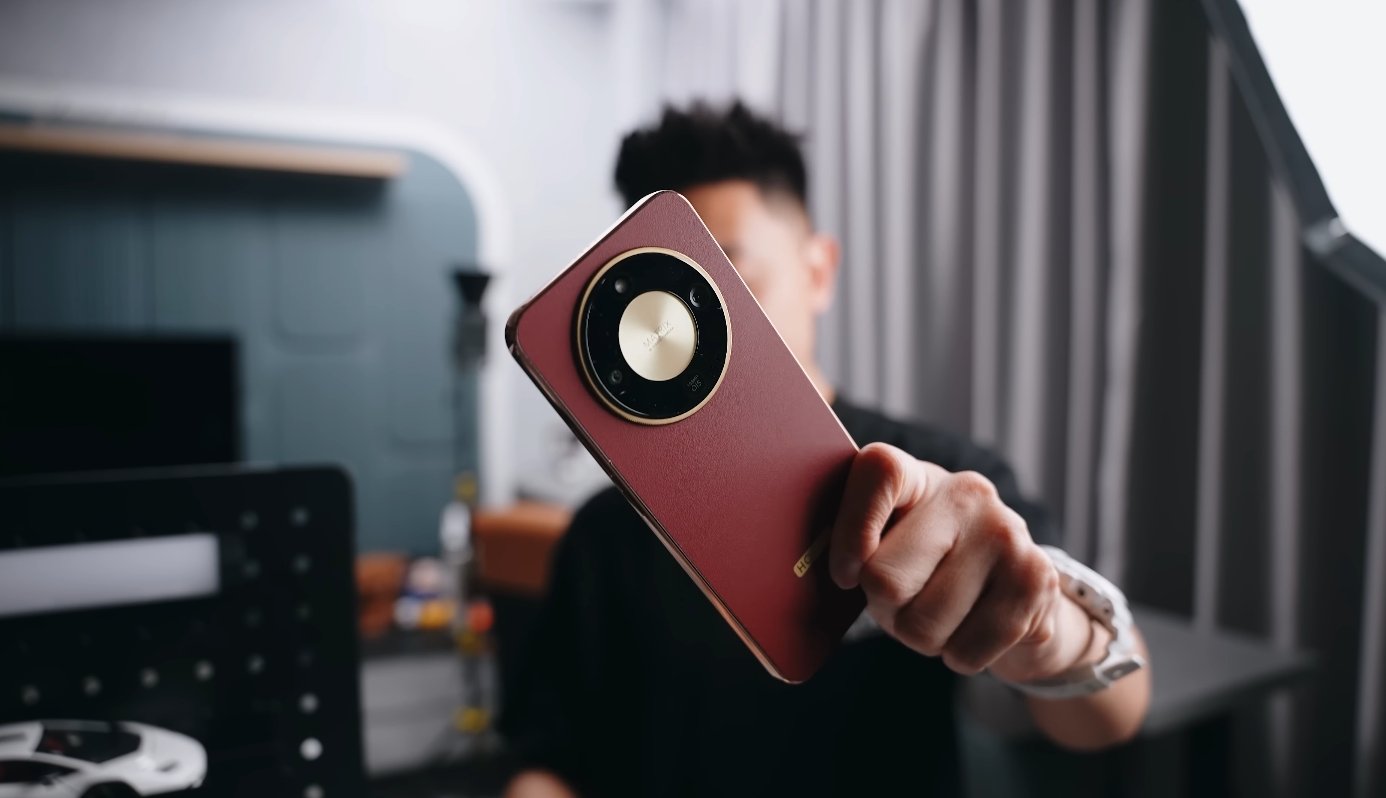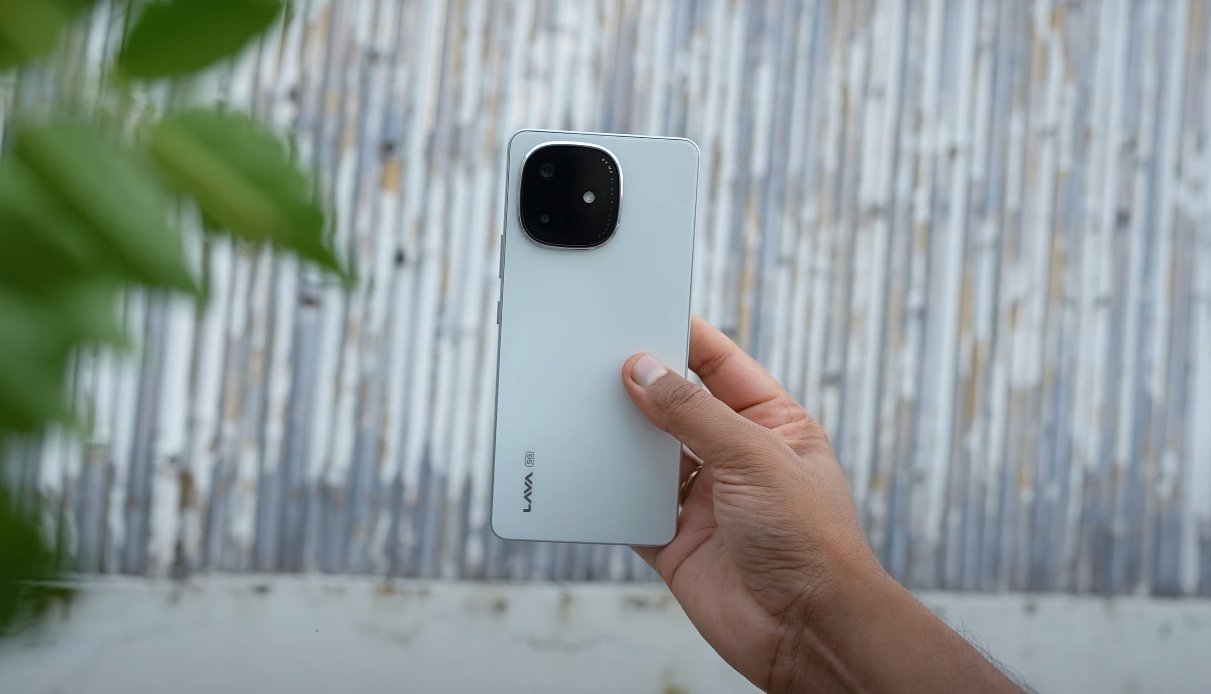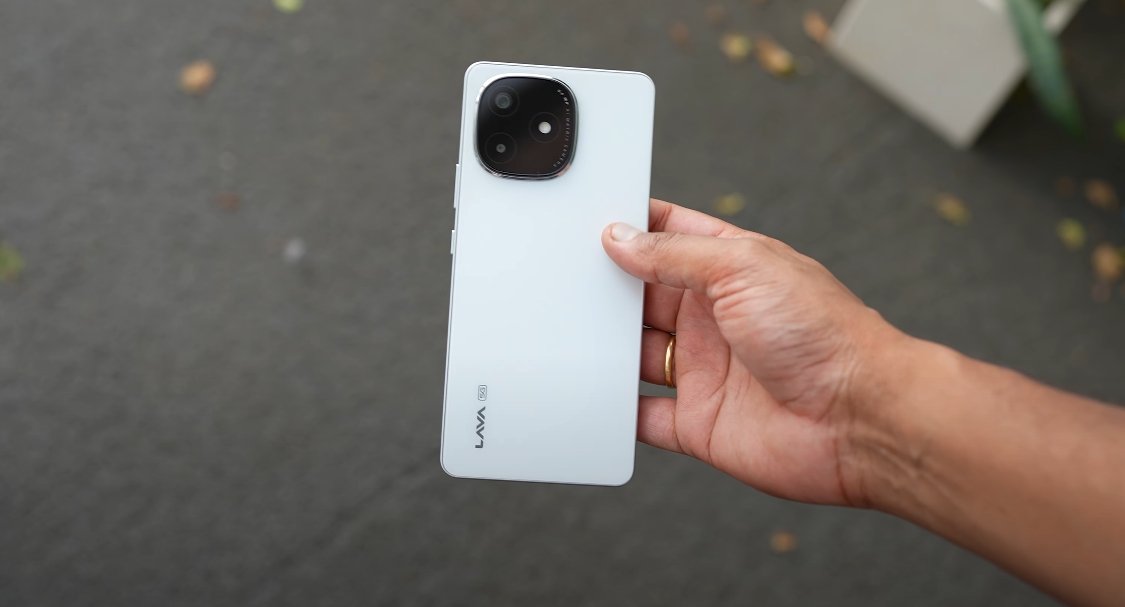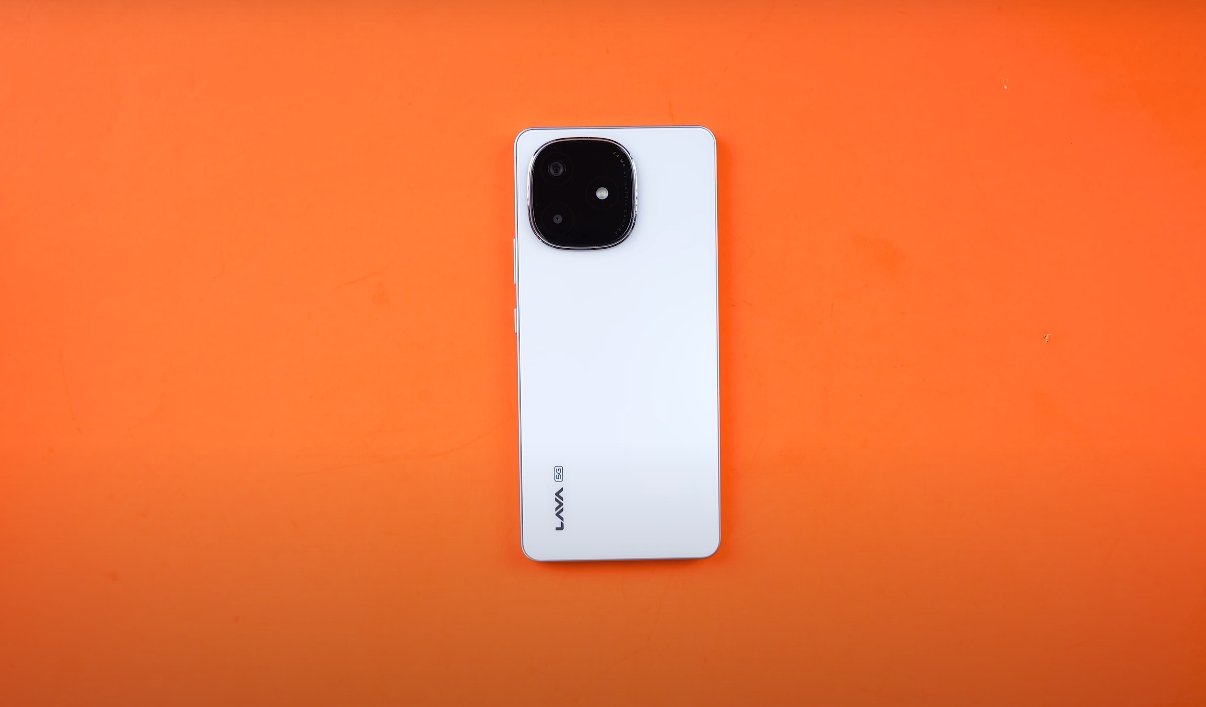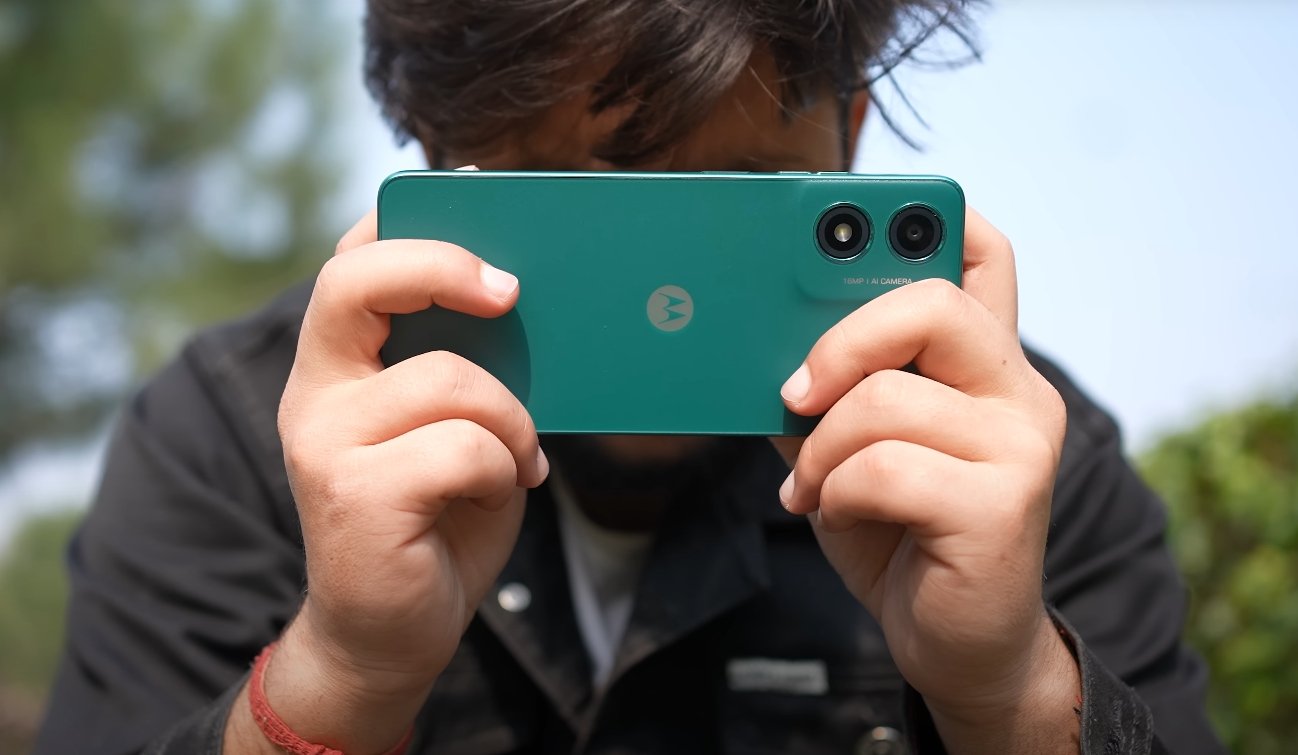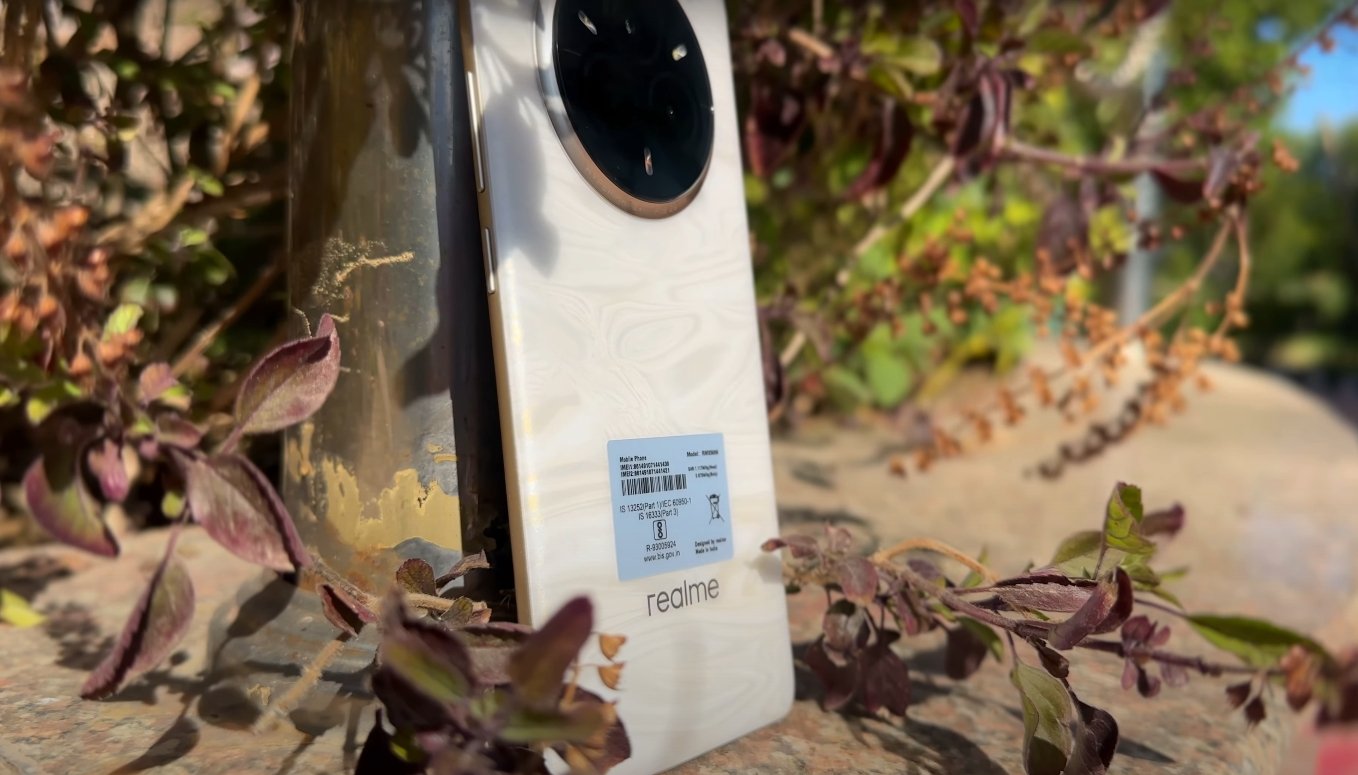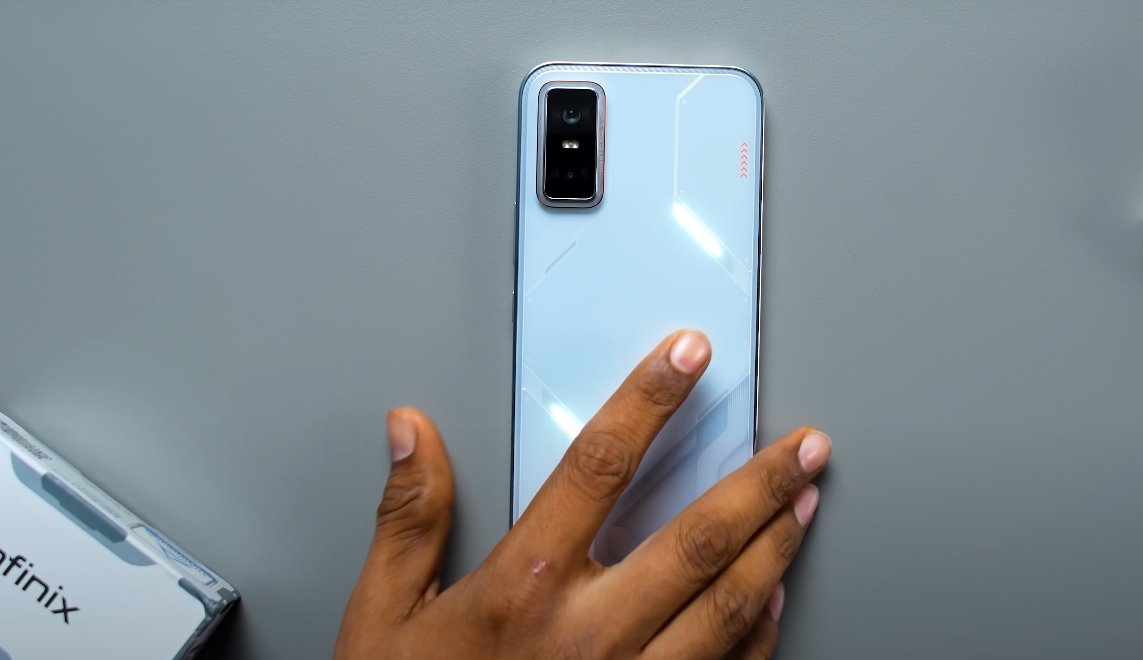Full Comparison Between Honor X9d and Samsung Galaxy A14 5G
The mid-range smartphone category is more competitive than ever, and both Honor and Samsung are known for offering strong devices that balance performance, reliability, and style. The Honor X9d and Samsung Galaxy A14 5G represent two different approaches within this range — one emphasizing power and endurance, the other focusing on simplicity and value. This side-by-side review explores their design, performance, camera capabilities, battery life, and everyday usability to determine which one offers the better overall experience.
The Honor X9d immediately stands out for its premium and durable build. It features a large 6.79-inch AMOLED display with 1.5K resolution and a 120Hz refresh rate, delivering rich colors and smooth motion for streaming, gaming, or general browsing. Its standout feature is durability — the phone comes with IP66, IP68, and IP69K ratings, making it resistant to dust, water, and even high-pressure sprays. This level of protection is rare in mid-range smartphones. The device is built slim at 7.76mm and feels surprisingly lightweight for its size, offering both comfort and resilience.
The Samsung Galaxy A14 5G, in contrast, carries a simpler design aimed at practicality. It features a 6.6-inch PLS LCD display with Full HD+ resolution and a 90Hz refresh rate, which performs well for everyday use but doesn’t match the deep contrast and brightness levels of Honor’s AMOLED screen. Its plastic frame and back are standard for budget-friendly phones, and while it feels solid, it lacks the premium touch and resistance features of the X9d. However, Samsung’s design language remains clean and functional, appealing to those who prefer a minimalist look.
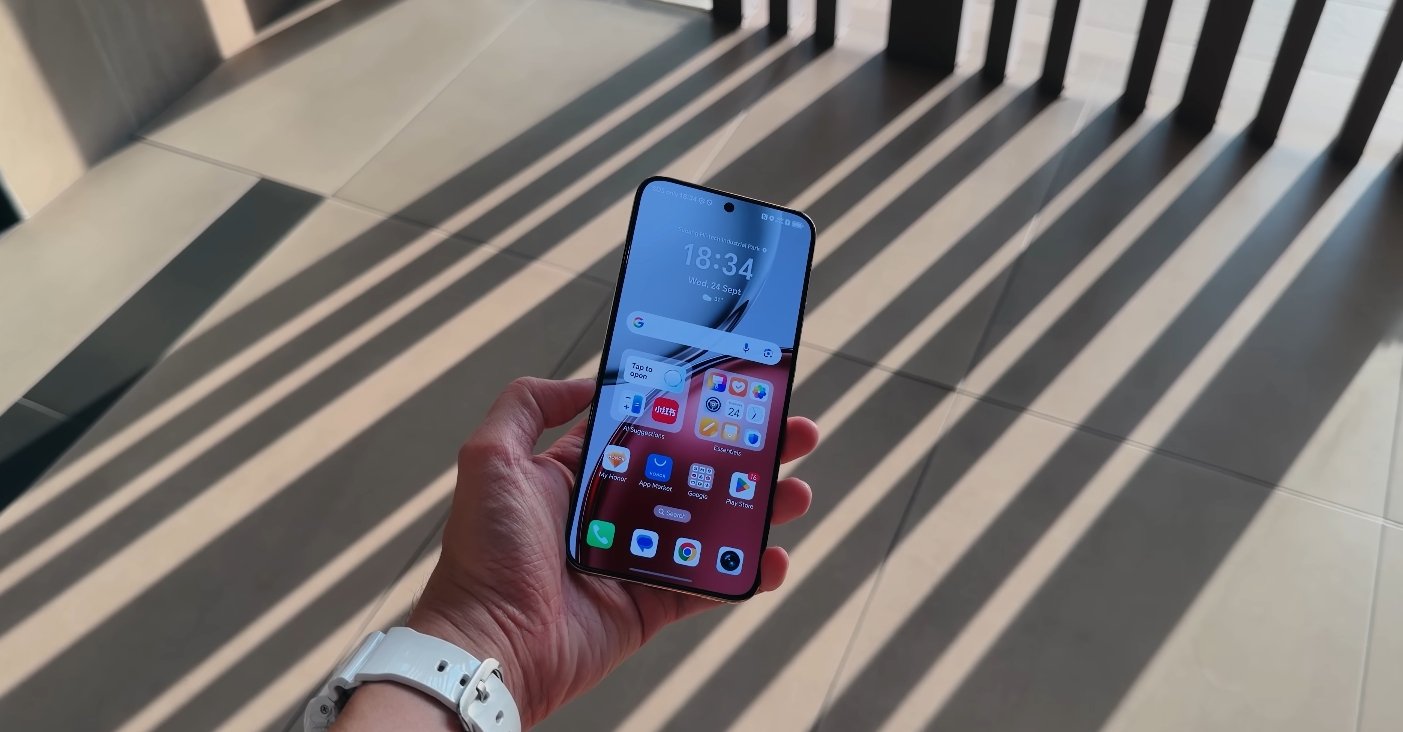
Performance is where the difference between the two becomes more noticeable. The Honor X9d is powered by Qualcomm’s Snapdragon 6 Gen 4 chipset, paired with up to 12GB of RAM and 512GB of internal storage. This configuration offers reliable speed for multitasking, gaming, and daily operations without lag. The 4nm architecture of the processor ensures energy efficiency and smoother handling during long sessions of video streaming or gaming. The Samsung Galaxy A14 5G, depending on the region, uses either the Exynos 1330 or MediaTek Dimensity 700 processor, which is adequate for general tasks but not as fast or efficient as Honor’s chipset. While it handles social media, calls, and web browsing with ease, it struggles under heavier loads such as 3D gaming or editing tasks.
In terms of camera performance, the Honor X9d again brings a premium edge. It boasts a 108MP primary camera with optical image stabilization, supported by a 5MP ultra-wide lens and a 16MP selfie camera. The large sensor captures detailed and vibrant shots, even in challenging lighting conditions, and the camera software optimizes color balance effectively. The Samsung Galaxy A14 5G features a 50MP main camera, a 2MP macro lens, and a 2MP depth sensor. Its photos are decent for casual photography, with good daylight color tones, but lack the detail and dynamic range that the Honor X9d produces. The selfie camera on the A14 5G performs well in proper lighting but doesn’t quite match the clarity of Honor’s front shooter.
Battery life is another major area of difference. The Honor X9d features an enormous 8,300mAh battery with 66W fast charging support, providing unmatched endurance in its class. This allows the phone to easily last two days with regular use, even with gaming or video playback. The Samsung Galaxy A14 5G comes with a 5,000mAh battery, which offers solid one-day performance for moderate users but doesn’t reach the extended longevity of the Honor. Its charging speed is slower as well, meaning more time plugged in. For users who rely on long-lasting power and minimal downtime, the Honor X9d offers a clear advantage.
Software and user experience also play a vital role in long-term satisfaction. The Honor X9d runs on MagicOS 9 based on Android 15, featuring a smooth interface with minimal bloatware and efficient resource management. The system is designed to remain fluid even after extended use, with smart battery optimization and cleaner multitasking transitions. Samsung’s Galaxy A14 5G operates on One UI Core based on Android 14, which is user-friendly and consistent but limited in customization compared to higher-end Samsung models. Samsung does, however, provide long-term software updates and security patches, adding to its reliability for years to come.
In overall usability, the Honor X9d feels more refined and premium. Its fast processor, bright AMOLED display, long battery life, and sturdy build make it an ideal choice for users seeking durability and performance without stepping into flagship pricing. The Galaxy A14 5G, while less powerful, appeals to those who need a simple, dependable smartphone for everyday communication, web use, and light entertainment at a more affordable price point.
In conclusion, the Honor X9d dominates in almost every technical aspect — display quality, processor performance, camera capability, and battery endurance. It’s designed for users who want a high-performing mid-range phone that can handle demanding tasks and last for years. The Samsung Galaxy A14 5G remains a solid budget option for those who prioritize affordability and simplicity. For users who want true value, the Honor X9d stands out as the stronger, more future-ready choice in this side-by-side comparison.
